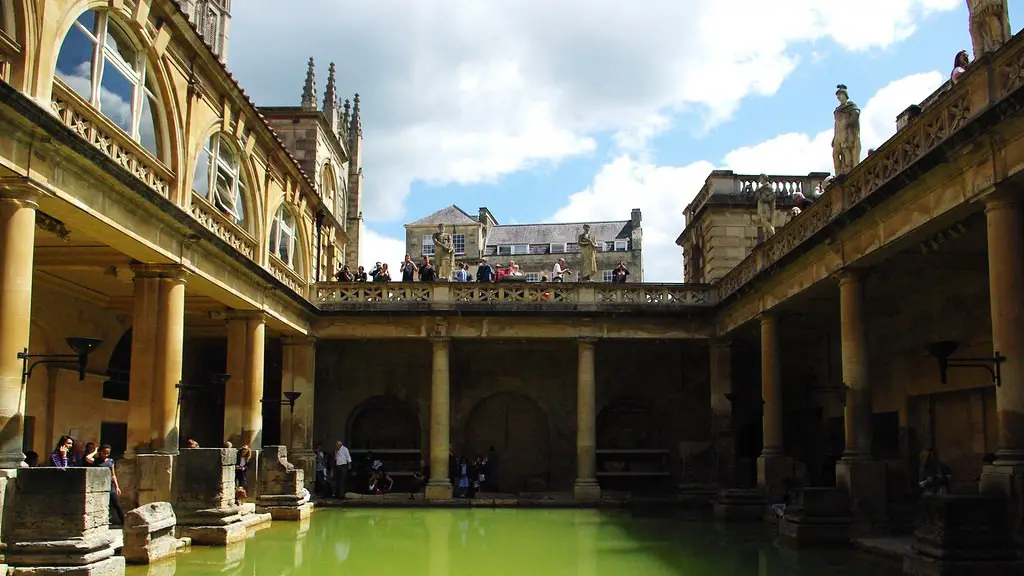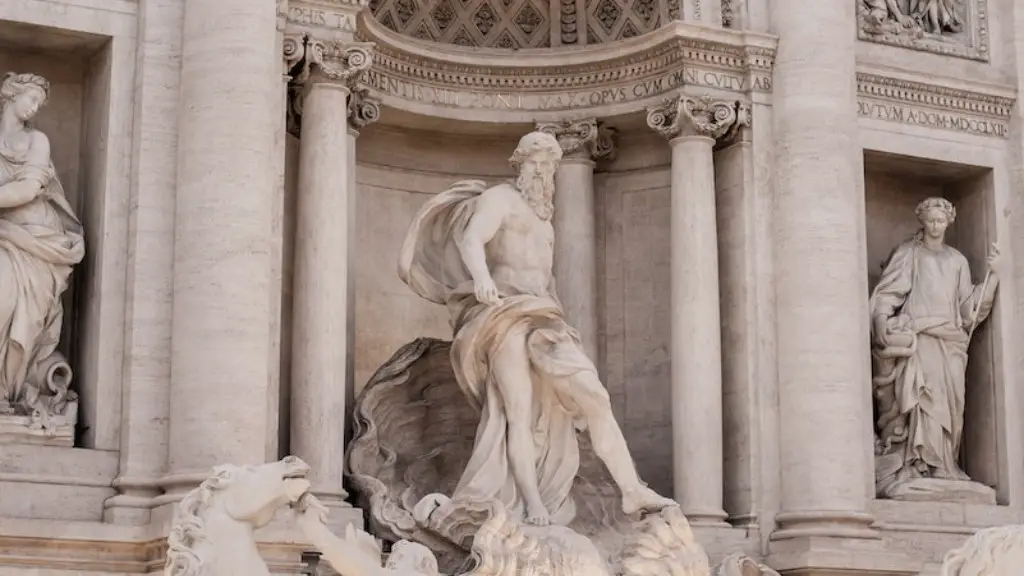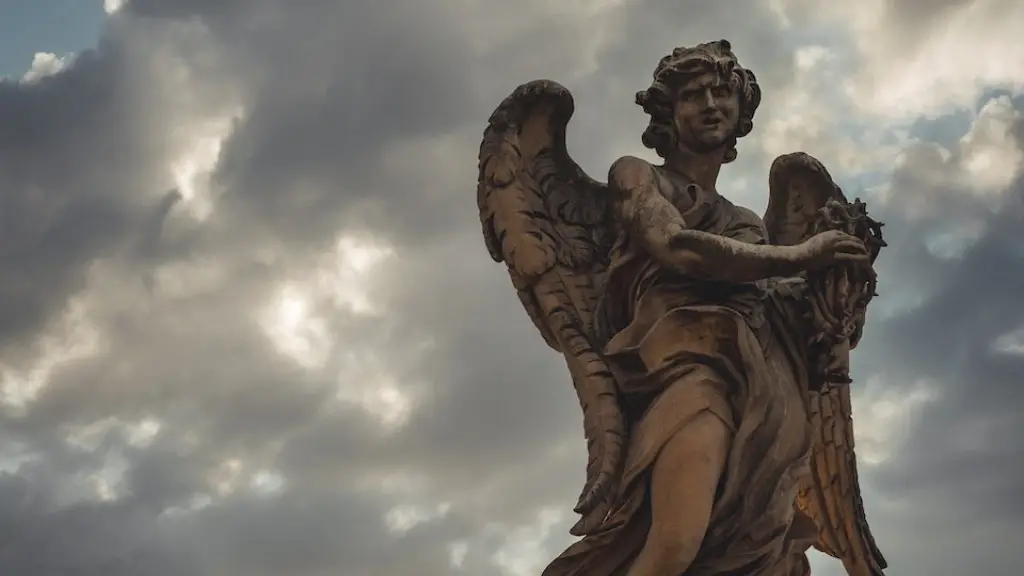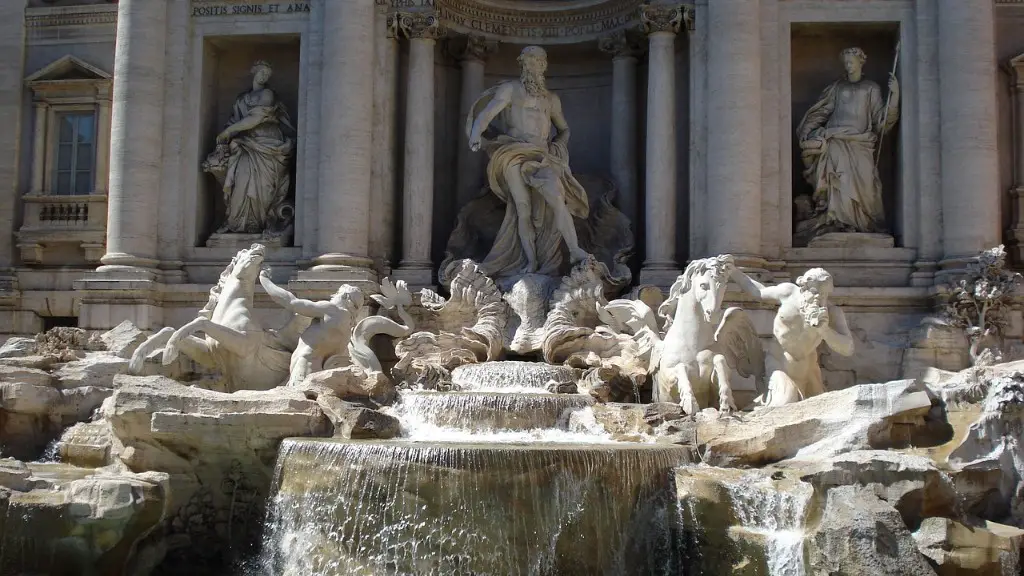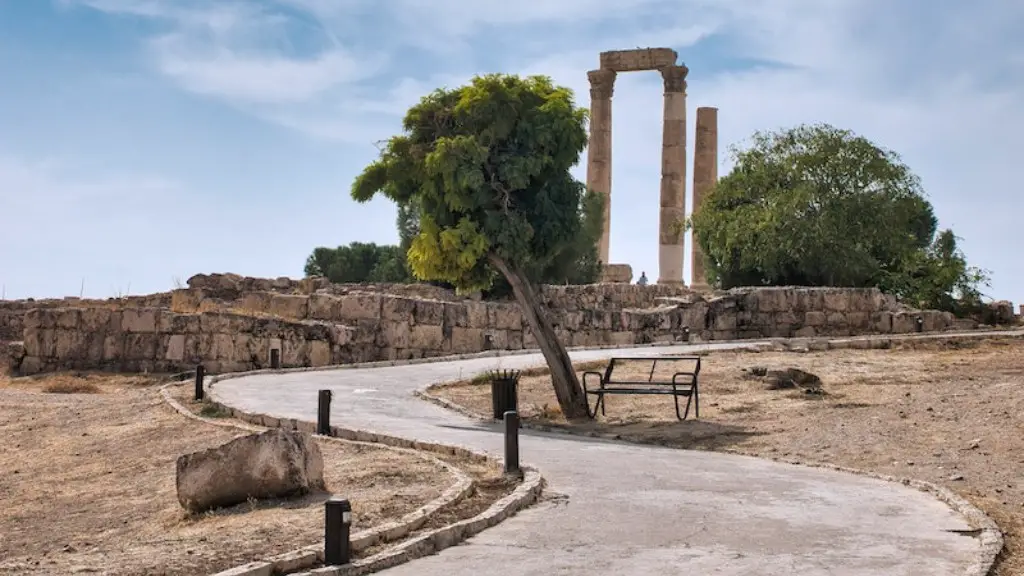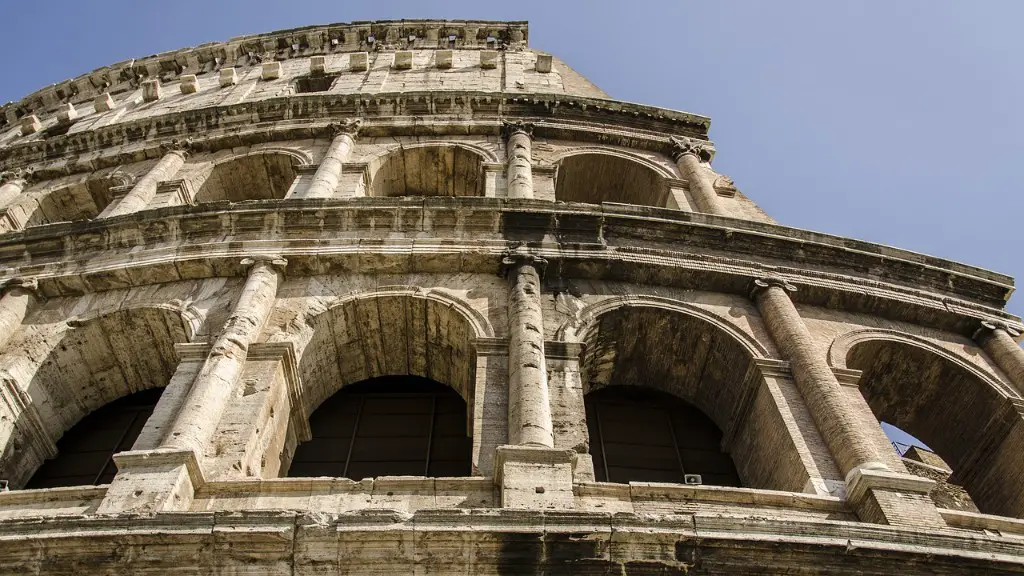2,000 years ago, the Roman Republic was established. Since then, Rome has been a powerful empire that has left its mark on the world. Even though the Roman Empire fell in 476 AD, Rome still exists today.
Rome is known for its grandiose architecture, like the Colosseum and the Pantheon. These ancient buildings are still standing, and they are a testament to the engineering abilities of the Romans. In addition, Roman law is still used as the basis for many modern legal systems.
So, even though the Roman Empire is no longer around, its influence can still be seen and felt in the world today.
There are many ways in which ancient Rome is still present in our world today. For example, many of the words we use in English are derived from Latin, the language of the Romans. Also, the legal system used in most Western countries is based on Roman law. Furthermore, the architectural style of many buildings, especially in Europe, is influenced by that of ancient Rome. Finally, the Roman Catholic Church, the largest Christian denomination in the world, is a direct continuation of the religion of the Roman Empire. In short, ancient Rome has left a lasting legacy on the world.
Why does Rome still exist?
The influence of Ancient Rome can still be felt in many aspects of western culture today. Government, law, language, architecture, engineering, and religion all show the legacy of Rome. Many modern-day governments are modeled after the Roman Republic, and the legal system is based on Roman law. The Latin language is the root of many modern languages, and Roman architecture is still admired and imitated. engineering feats like roads and aqueducts are still marveled at, and the Catholic Church is the largest Christian denomination in the world.
The Roman Empire no longer exists as a political entity. However, many modern countries were once part of the Roman Empire, and the influence of Roman culture can still be seen in these countries. Rome, the capital of the Roman Empire, is still a thriving city with a rich history.
How was Rome able to last so long
Rome’s rise to power was a combination of military power, political flexibility, economic expansion, and good luck. This expansion changed the Mediterranean world and also changed Rome itself. Rome became a more powerful state than any other in the world by the first century BCE.
The Western Roman Empire was one of the largest empires in history. It covered much of Europe, North Africa, and the Middle East. However, it began to decline in the early 5th century. This decline continued until the empire fell in 476.
Meanwhile, the other half of the Roman Empire, called the Byzantine Empire, survived until 1453. The Byzantine Empire was much smaller than the Western Empire, but it was able to withstand attacks from both internal and external enemies. The Byzantine Empire finally fell when Constantinople, its capital, was conquered by the Ottoman Turks.
How much of ancient Rome is left?
Around 10% of Ancient Rome is left today. The remaining 90% is said to be buried deep inside the earth, around 30 feet below the street level today.
The most straightforward theory for Western Rome’s collapse pins the fall on a string of military losses sustained against outside forces. Rome had tangled with Germanic tribes for centuries, but by the 300s “barbarian” groups like the Goths had encroached beyond the Empire’s borders. In 410, the Visigoths sacked Rome itself. The Empire never recovered from these disasters, and continued to lose territory until it finally fell in 476.
What Roman things still exist today?
Rome is a city with a long and rich history, and its influence can be seen in many aspects of our modern world. For example, the old proverb “all roads lead to Rome” stems from the fact that, originally, many roads really did lead to the city. Similarly, Rome’s development of central heating and concrete has had a lasting impact on architecture and engineering, while the Roman calendar forms the basis of our modern one. Even something as seemingly mundane as flushing toilets and sewers is a legacy of the Roman empire. In short, Rome’s influence is still very much felt in our world today.
The citizens of the city of Rome, though identifying nationally and ethnically as Italians, continue to identify with the demonym ‘Roman’ to this day. This is likely due to the strong historical and cultural ties that the city has to the Roman Empire. For many people, the term ‘Roman’ conjures up images of grandiose architecture, a rich history, and a strong sense of regional identity.
What country is Roman now
Rome is one of the oldest continually inhabited cities in the world. It was founded in 753 BCE by the brothers Romulus and Remus, who legend says were suckled by a she-wolf at the site. Rome is also known as “The Eternal City” because of its seemingly unending duration. It has been the capital of Italy for more than two thousand years, and it was the center of power for the Western world during much of that time. The Roman Republic was established in 509 BCE, and the Roman Empire began in 27 BCE with the reign of the first emperor, Augustus. Between them, these two periods saw Rome become a world power. It reached its height in the 2nd century CE under the Emperor Trajan, when its empire extended from Britain to North Africa and from Spain to the Middle East.
The Roman empire was one of the largest empires in history. However, it eventually fell. There are many reasons why this happened, but the five main ones were invasions by Barbarian tribes, Economic troubles, and overreliance on slave labor, Overexpansion and Military Spending, and Government corruption and political instability.
Did Rome fall because of its size?
It is widely accepted that one of the main reasons for the decline of the Roman Empire was its size. As the empire grew larger and larger, it became more and more difficult to manage, making it susceptible to both external and internal forces. This is just one example of how an empire can become too large to sustain itself.
The reasons for the fall of the Western Roman Empire are a matter of much debate among historians. Some point to the decline of the Roman military as a major factor, while others emphasize the importance of economic, social, and political problems. Still others argue that the Empire simply became too large to be governed effectively from a single center.
The fall of the Western Roman Empire was a slow and gradual process that spanned many centuries. In the end, the Empire simply became too weak to withstand the challenges posed by barbarian invasions from the north and east. While the Roman army was still a formidable force, it was no longer able to defend the vast territory of the Empire effectively. This led to the Empire being gradually overrun by the barbarian invaders, with the final fall occurring in 476 AD.
While the fall of the Western Roman Empire was a complex process, it is clear that the Empire ultimately succumbed to the challenges it faced. The loss of central political control led to the Empire being divided into smaller successor states, each of which was unable to match the power and prestige of the old Roman Empire.
Did Christianity cause Rome to fall
One of the many factors that contributed to the fall of the Roman Empire was the rise of Christianity. Christianity is a monotheistic religion that is opposed to the traditional Roman religion, which is polytheistic (many gods). Christianity arose during a time of political and social turmoil in the Roman Empire, and its rise added to the existing problems that the Empire was facing. Christianity challenged the authority of the Roman Emperor and the Roman state, and it also undermined the traditional values of the Roman Empire. The Christian religion was a major factor in the fall of the Roman Empire.
The Romans are one of the most celebrated civilizations of antiquity and their technology is a big part of that. While the Roman Empire was not the first to develop many of the technologies they used, they were very good at adopting and adapting technologies from other cultures. This helped them to achieve high levels of technology and to build impressive structures, some of which have survived to the present day.
When did Rome truly end?
476 CE is most commonly cited as the date when ancient Rome ‘fell’. Historians have chosen this date because this is when the western faction of the Roman Empire was destroyed, thus ending its reign over the world.
The rising river levels in Rome have created a problem for residents in the city. The applied materials, such as mud and debris, are often not removed by returning residents. This has resulted in the ground floors and first floors of tenement houses becoming basements. The city is working on a solution to this problem, but in the meantime, residents should be aware of the potential for flooding.
Conclusion
There are many ways that ancient Rome is still with us today. For example, many of the words we use in English come from Latin, the language of the Romans. We also use the Roman alphabet. Our calendar is based on the one the Romans used, with weeks of seven days and months of 31 or 30 days, except for February. We also continue to use many of the same architectural styles and building materials that the Romans used.
Ancient Rome is still here today because of the lasting impact it had on the world. The Roman Empire was one of the largest empires in history and it left a lasting mark on the world. Many of the things we take for granted today, such as democracy, were first established in Rome. The Roman Empire was also responsible for spreading Christianity throughout the world. Even though the Roman Empire no longer exists, its legacy still exists today.
